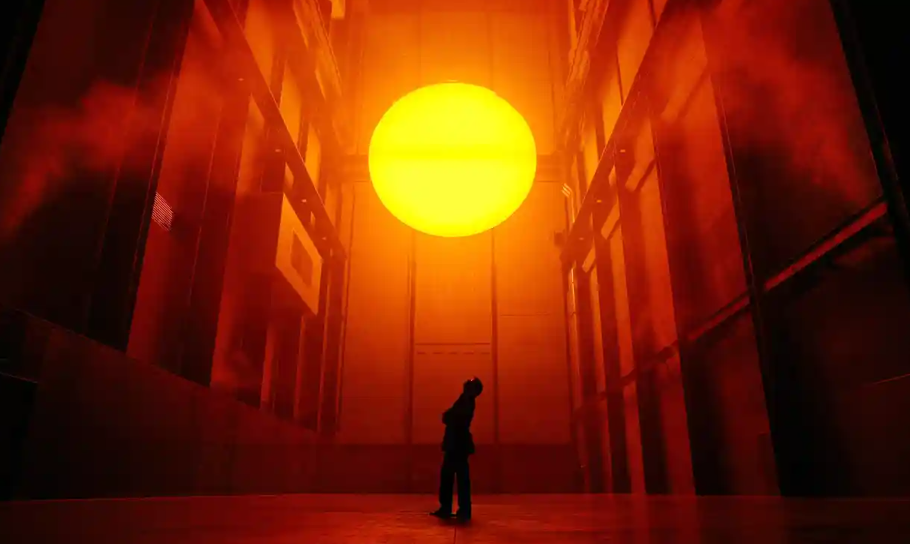Smriti Malhotra
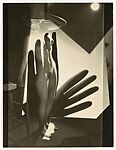
Surrealist photography is a fascinating genre that emerged in the early 20th century as an extension of the Surrealist movement, which sought to explore the realm of the subconscious and challenge conventional notions of reality. It is characterised by the use of dreamlike, imaginative, and often absurd or juxtaposed elements to create visually striking and thought-provoking images. Surrealist photographers aimed to push the boundaries of traditional photography, experimenting with techniques such as double exposure, photomontage, and manipulation in the darkroom.
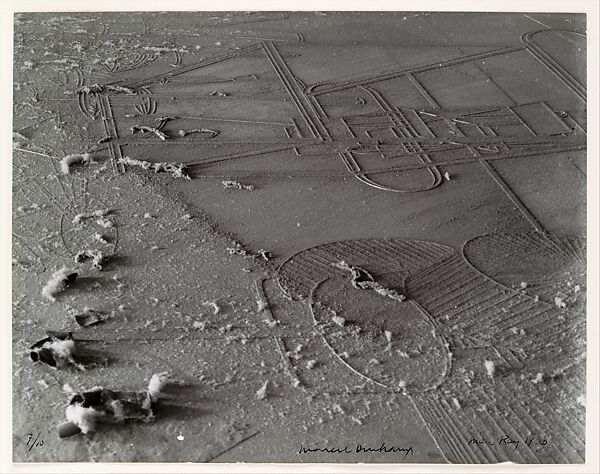
Some of the famous artists who engaged in Surrealistic Photography were Man Ray (1890-1976): An American artist and key figure in the Surrealist movement, Man Ray explored various techniques such as solarization and rayographs, creating enigmatic and experimental images. Claude Cahun (1894-1954): Cahun, a French photographer and writer, challenged gender norms and societal conventions through her self-portraits and staged scenes, blurring the lines between reality and fiction. Lee Miller (1907-1977): Miller was an American photographer who worked with Man Ray and experimented with solarization. Her photographs often conveyed a dreamlike quality and explored themes of female identity and war. Florence Henri (1893-1982): Henri, a Swiss-born artist, combined photography with abstract compositions and experimental techniques to create visually striking and innovative surrealist images.André Kertész (1894-1985): Kertész, a Hungarian-born photographer, produced poetic and introspective images that blurred the line between documentary and surrealism, often focusing on fragments and unusual perspectives.
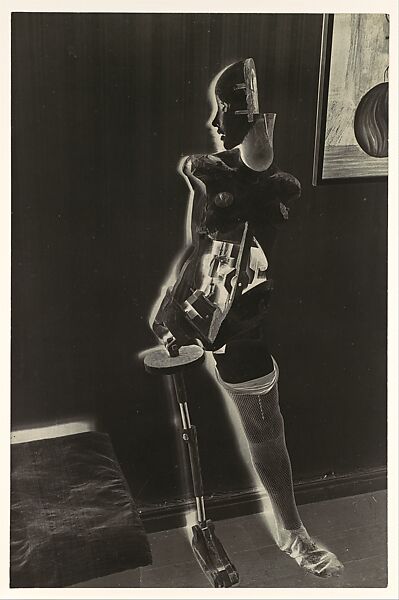
These photographers each brought their unique perspectives and techniques to the realm of surrealist photography, expanding the boundaries of the medium and contributing to the rich tapestry of artistic exploration within the Surrealist movement.
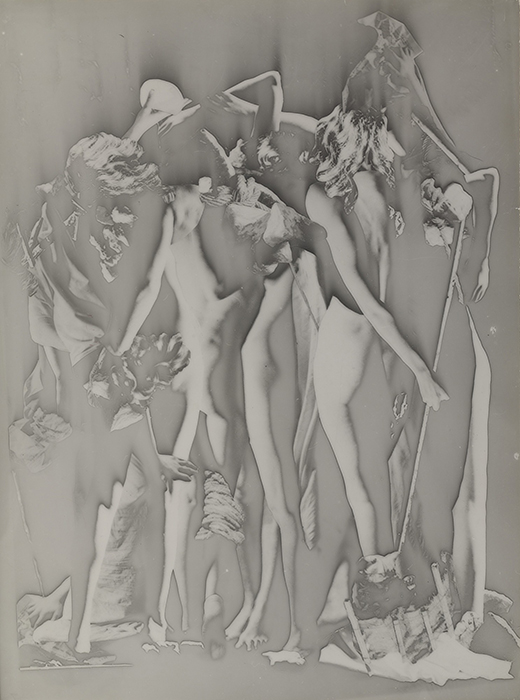
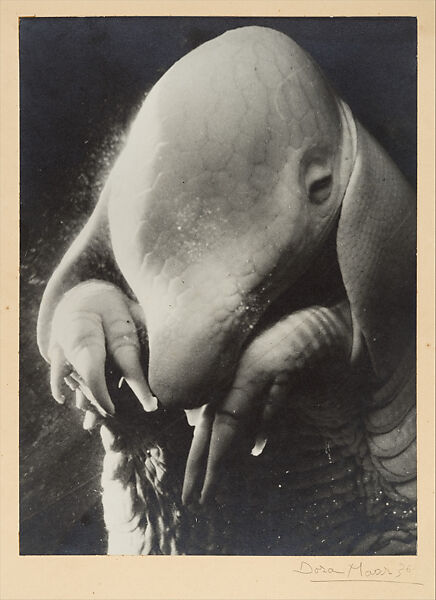
There are various key factors one should know about Surrealistic Photography, let’s look at 11 key things to know about Surrealism and Photography:
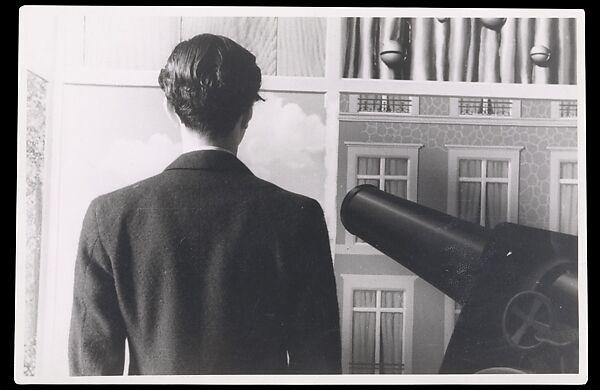
- Exploration of the subconscious: Surrealist photography aims to tap into the realm of the subconscious mind, seeking to reveal hidden desires, dreams, and thoughts through visual representation.
- Juxtaposition and unexpected combinations: Surrealist photographers often combine unrelated objects, situations, or elements to create visual contradictions and evoke a sense of surprise or confusion.
- Imagination and Dreamlike Compositions: Surrealist photographs often exhibit dreamlike qualities, blurring the boundaries between reality and the imaginary. They provoke viewers to question their perception of the world.
- Experimentation with Techniques: Surrealist photographers embraced various techniques such as double exposure, photomontage, solarization, and distortion to create visually striking and unconventional images.
- Subversion of Reality: of reality: Surrealist photography challenges conventional notions of reality, presenting alternative or distorted perspectives of the world to question the status quo and provoke critical thinking.
- Symbolism and metaphor: Symbolic elements and metaphors are frequently employed in surrealist images to convey deeper meanings or emotions, allowing for subjective interpretations by viewers.
- Emphasis on the subconscious mind: Surrealist photographers often aimed to tap into the depths of the subconscious, believing it held the key to unlocking hidden truths and liberating the creative spirit.
- Playfulness and humour: Surrealism frequently incorporates elements of playfulness, wit, and humour to disrupt logic and encourage a lighthearted exploration of the absurd.
- Collaborations and influence: Surrealist photographers often collaborated with other artists, sharing ideas and influencing one another’s work. This collaboration allowed for the cross-pollination of ideas and the development of new techniques.
- Social and political commentary: Surrealist photography is not limited to personal introspection but also serves as a medium for social and political critique. It addresses social issues, challenges societal norms, and exposes the irrationality of human behaviour.
- Legacy and continued influence: Surrealist photography has had a lasting impact on the world of art and photography. Its experimental techniques, subversive concepts, and imaginative approach continue to inspire contemporary photographers and artists to push the boundaries of visual expression.
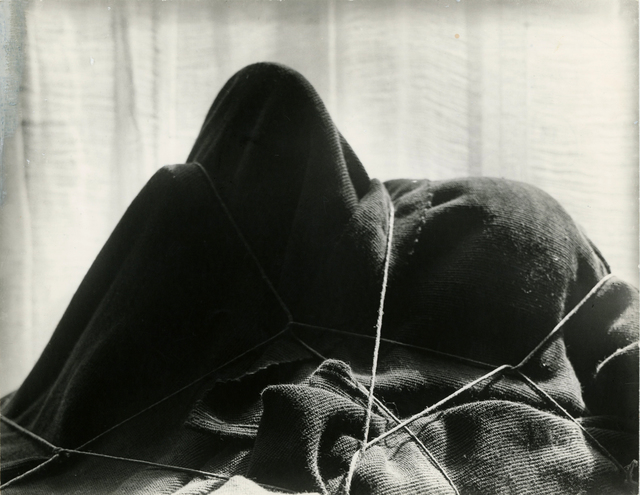
By understanding these key aspects of Surrealist photography, one can appreciate the depth and complexity of this artistic genre and explore its ongoing relevance in the realm of visual arts.



